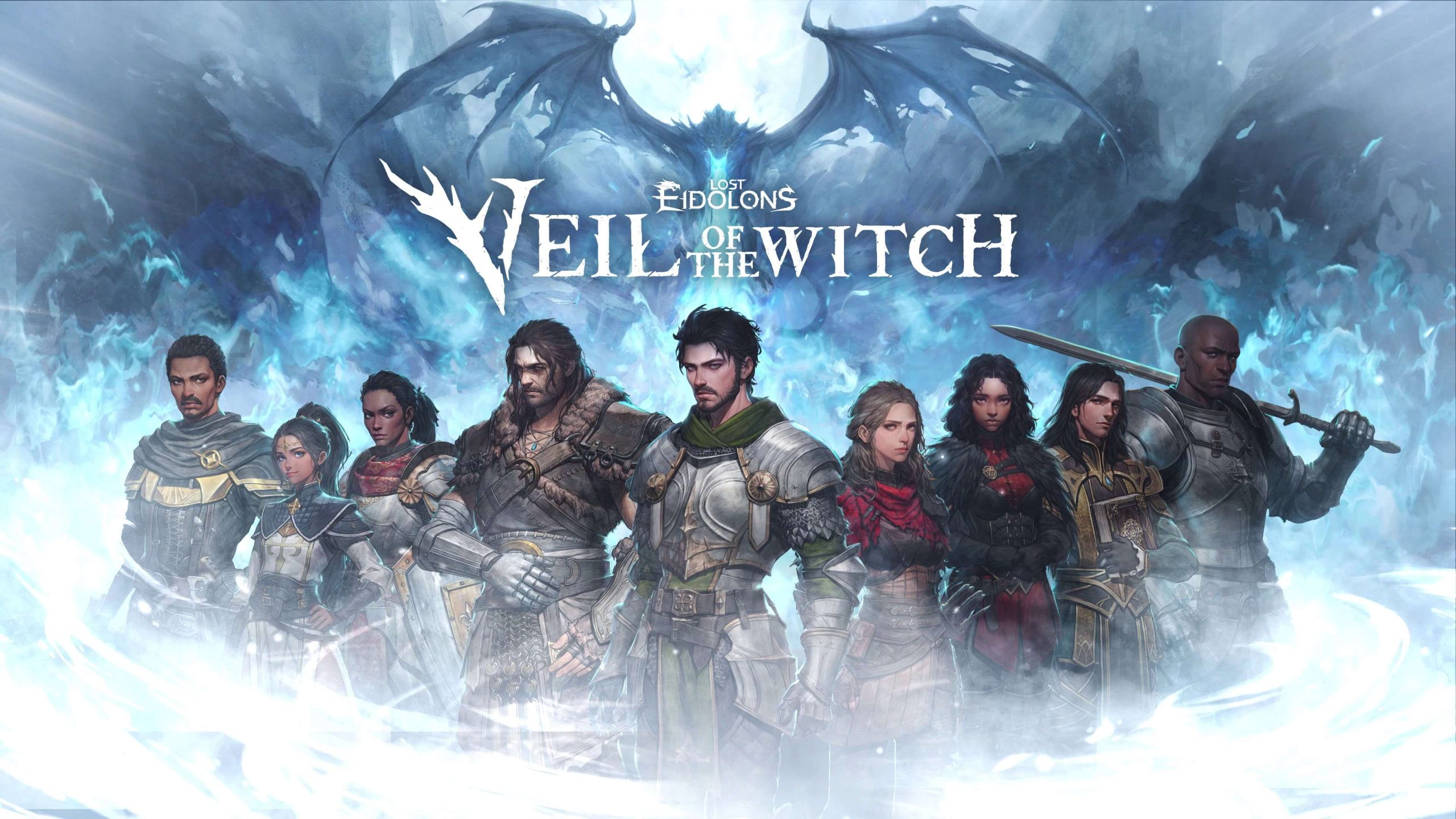We tried the closed beta Of the rogue-lite Spinoff of the saga, and that’s what we found.
Lost Eidolons: Veil of the Witch is a turn-based tactical grid-based RPG from Ocean Drive Studio, the developers behind the acclaimed Lost Eidolons. The Veil of the Witch is a rogue-lite in which your character is stranded on a mysterious island. Memories are lost, and the only way to survive is to fight. Throughout your journey, you will have to recruit allies, undertake quests, and battle to reclaim all that you’ve lost, no matter how many times it takes.
The closed beta featured the full first act and portions of the second act. This allowed us to get a feel for the game’s mechanics and combat systems and also gave us a taste of boss fights.
Story
The story begins with the player’s character waking up on a beach on a remote island that has been taken over by the undead. With your memories lost, the only one to guide you is a mysterious witch who might not have the best intentions. The player is left with no choice but to be her champion, trying to piece together the memories after each death and the life you once had.
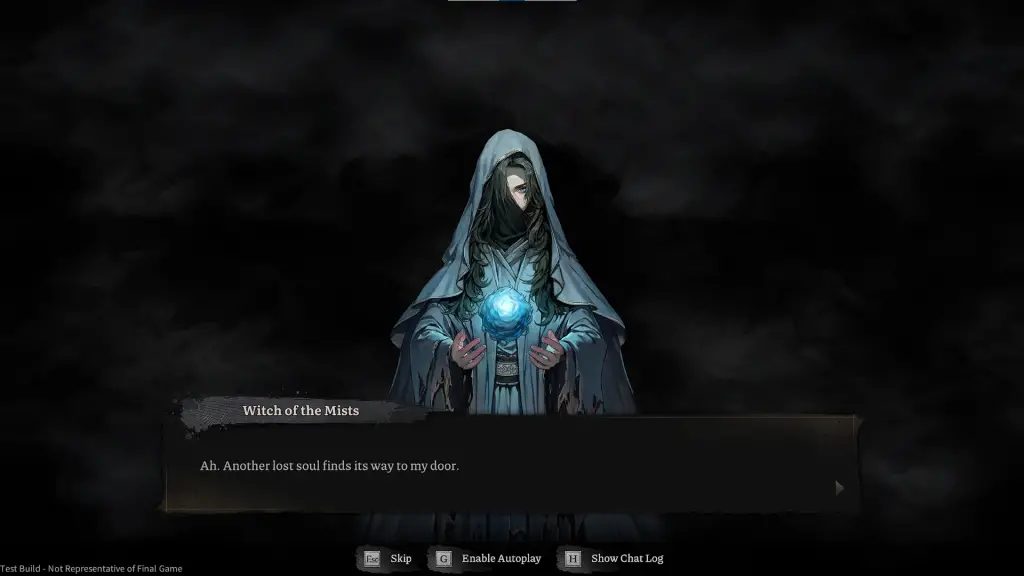
As you journey through the island, you will begin to meet different companions who are each fighting something within themselves. Each character can develop and tell you their story.
Not everything is as it seems, though. The closed beta did not unveil many secrets, but throughout the story and combat events, you will face off against other humans who have control over the undead. This subtle notion leaves the player to question not only the witch’s endeavors but also the islands.
The dialogue is not great and closer to being childish at times. During profound moments, the main character might say something that is not from this fantasy land but from a real-world perspective, basically a teen’s response to fighting the undead and their masters.
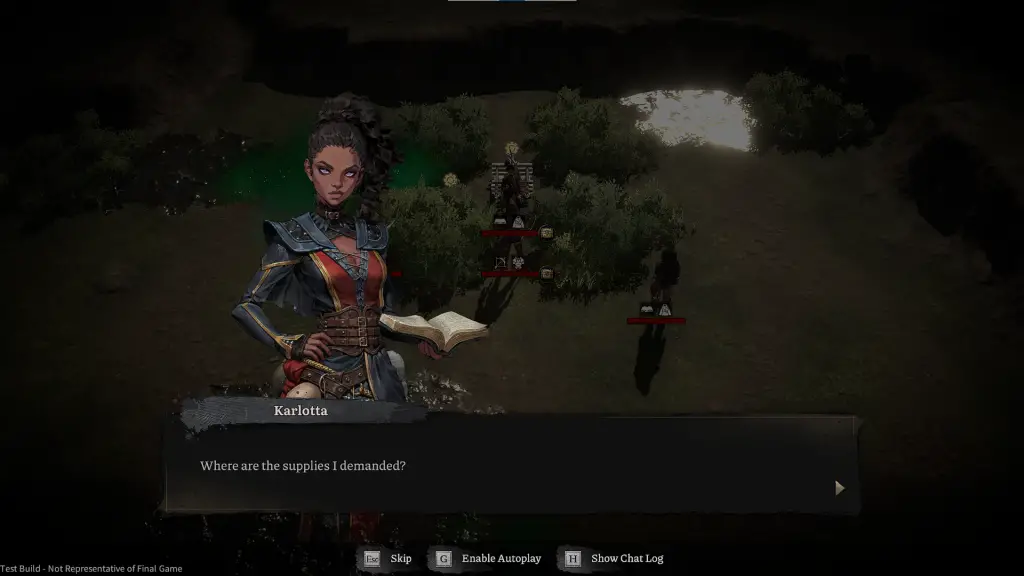
After your first death, you are transported back to the witch and allowed to visit the family you left behind. This moment was quite touching, seeing a brother have a fun relationship with his siblings, but once the dust settles, it begins to get serious.
Gameplay
Imagine if Fire Emblem were a roguelite with blood, and you would get Lost Eidolons: Veil Of The Witch. Combat is grid-based, and each unit can travel a set amount of distance depending on its class and items. During this time, players can also equip their units with two sets of weapons. Some units start with a sword and shield and a bow as a secondary, while magic users might have a tome or book as their main weapon and a bow as their secondary.
These weapon switches and types matter tremendously in combat. Each unit also has an armor type, and a weapon type can beat that armor type. This goes for enemies as well. Attacking an enemy that is weak to that unit’s weapon will not only do more damage, but it will begin an event called ‘chaining’ where another unit can hit the same enemy with their weakness and do even more damage. This is necessary when battling larger enemies that take up four squares on the map rather than a single unit 1.
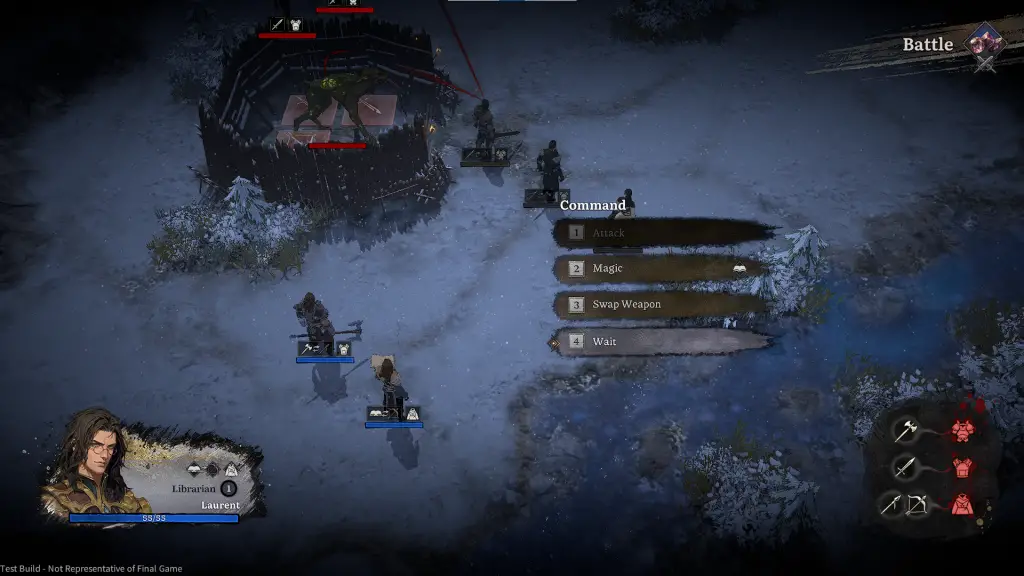
In every battle, you will be outnumbered, and not by a small amount. While your characters are incredibly strong, they can be overwhelmed quickly. Using each unit to their strengths and weaknesses is key in every encounter, and even choosing specific battles can either cost you a run or advance you further.
Now, let’s talk about gear and leveling up. Each character gains experience individually in combat. Each time they attack, cast a spell, heal, or activate a buff, they will gain experience towards their level. Once they level up, players are given a choice of two different abilities. These are random and can either be active or passive. Each of these abilities can also be enhanced with items or training during each run.
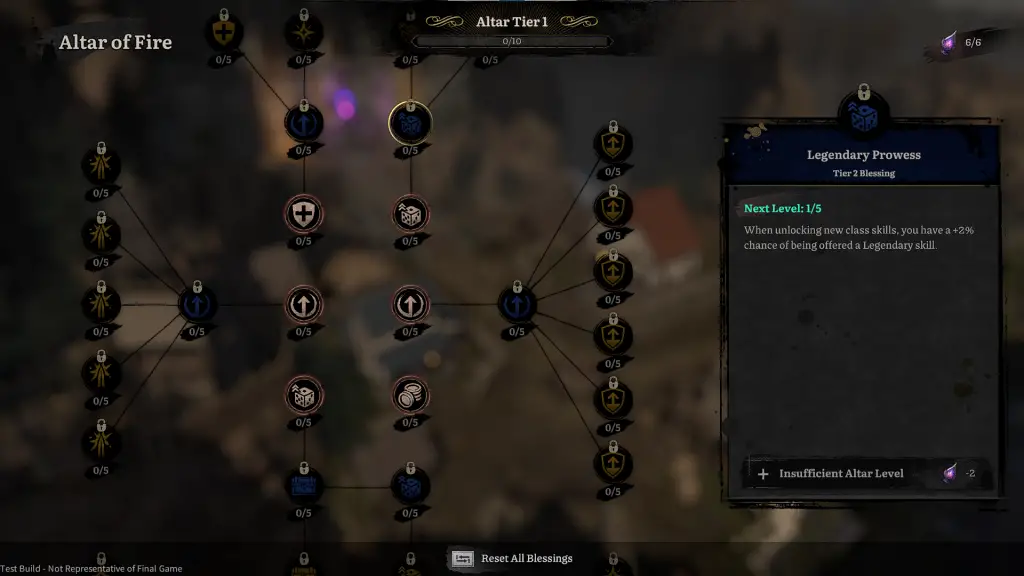
After your runs, there will be a skill tree that can be used to unlock more passive abilities and help your units through battle. This passive tree is expansive and branches into different areas. These upgrades can range from getting more gold per battle or more starting gold and even doing more damage with specific weapon types. The choice ultimately depends on what you deem more important to a run and what is not.
Graphics and Music
The cell-shaded graphics and use of blood streaks during combat work extremely well for this game. While not the greatest graphics, they look quite well in combat. When the player is not in combat, they will mostly be looking at still images and artwork of the characters.
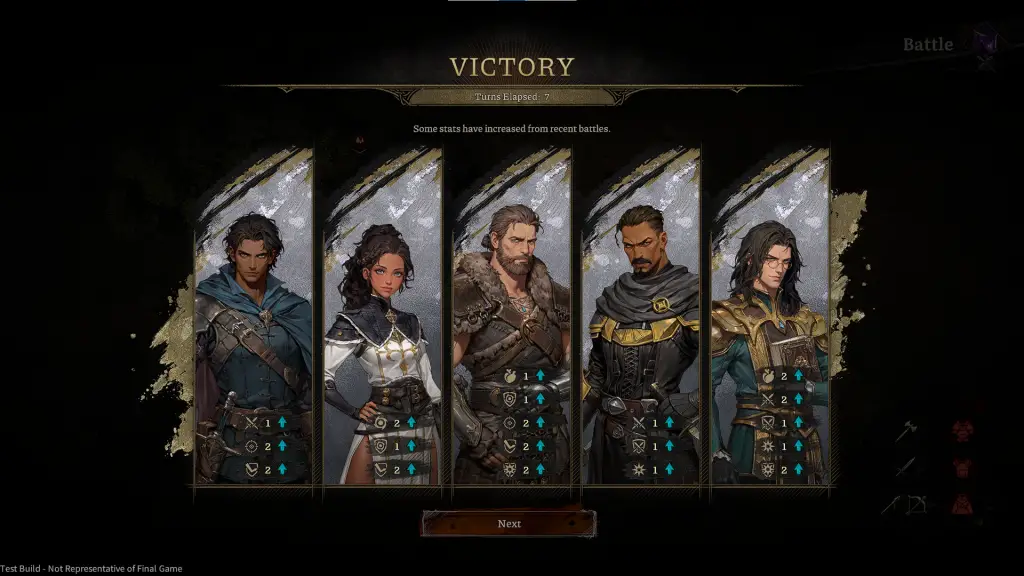
The artwork suits the game’s themes well and shows distinctive emotions for each of the characters. Whether that be brutish, cunning, or intelligent, we can learn a lot about each character just by their portraits. The character Laurent is holding a book in his portrait, and he is dressed in light armored robes.
His class is “Librarian,” which is fitting for his character, and even the way he speaks supports this art. Meanwhile, a character such as Marco is portrayed as more of a brute, and his classes revolve around using massive weapons.
This is accompanied by a heavy metal score in combat and a softer score outside of combat. The combat music is heavy, very heavy, but it is expected of a fantasy tactics game in which the players battle undead armies.
Overall
I enjoyed my time playing, while the dialogue wasn’t my favorite the combat and strategy felt fun. Though I can see there being a level of repetitiveness, especially at the start of a run, but once the characters develop they become more fleshed out with their abilities.
Lost Eidolons: Veil Of The Witch brings a unique experience to the genre, but I think the writers need to develop more of the story to flesh out the characters.

